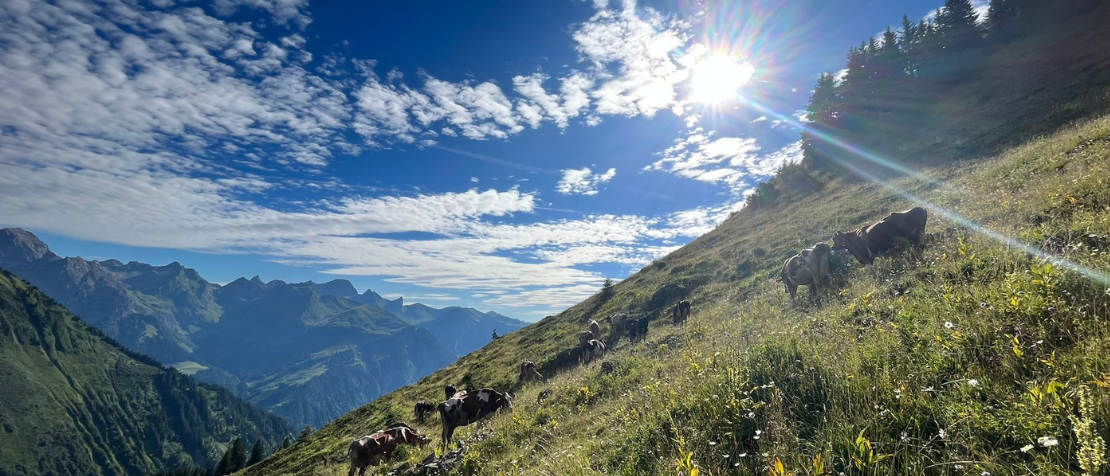Science and innovation are key to preserve traditional agricultural systems

©ARGE Heumilch
Through its Globally Important Agricultural Heritage Systems (GIAHS) initiative in Europe and Central Asia, the Food and Agriculture Organization of the United Nations (FAO) works to recognize and sustain traditional agricultural systems with rural cultures and economies and to promote and integrate them into broader food systems value chains. Science and innovation play important roles in underpinning the strength and viability of GIAHS.
Tania Santivanez, Agricultural Officer and coordinator of the programme and responsible for science and innovation in the region, highlighted that today, the third Regional Dialogue on Globally Important Agricultural Heritage Systems, organized in the framework of the Regional Priority programme “Managing natural resources sustainably and preserving biodiversity in a changing climate,” will review the progress and the path ahead for safeguarding and promoting GIAHS by linking traditional knowledge, science, and innovation.
The virtual Regional Dialogue on GIAHS will provide a meeting space for FAO Members and relevant actors from across the region to discuss advances in agricultural heritage identification and dynamic conservation and share practical experiences for advancing the interaction of traditional knowledge, science, and innovation for ensuring good nutrition and livelihoods.
The overall goal of the FAO initiative is to identify and safeguard globally important agricultural heritage systems and their associated landscapes, agricultural biodiversity, and knowledge systems through a long-term programme to enhance global, national, and local benefits derived through their conservation, sustainable management, and enhanced viability. In Europe and Central Asia, ten agriculture heritage sites were designated so far in five countries: one in Andorra, Austria and in Portugal, two in Italy, and five in Spain.
“FAO has been supporting Members in the region through the Globally Important Agricultural Heritage Systems programme since 2015. GIAHS recognizes the commendable work of our farmers, herders, fishers and forestry people and serves a tool to protect and conserve the resilient agricultural systems they have built up and today’s event will present the advances and way forward of the FAO Regional Roadmap 2022–2025 for the dynamic conservation of GIAHS sites in Europe and Central Asia,” said Marta Arnés García, FAO expert on GIAHS.
At the regional dialogue event, representatives from Andorra, Austria, and Spain will share their experiences of GIAHS recognition. Countries with potential sites in the region, including Azerbaijan, Belarus, Montenegro, the Russian Federation, Tajikistan, Türkiye, and Uzbekistan, will present their unique agricultural heritage sites.
“Science, innovation, and traditional knowledge seem to be in opposite universes, but they aren’t,” noted Marta Arnés García.
The transformation of agrifood systems, as foreseen by the FAO Strategic Framework 2022–2031, is a great challenge that requires all the knowledge – scientific and traditional alike – that has enabled sustainable development. Traditional knowledge, understood as the local knowledge that is unique to a given culture or society, can also be considered as innovation, although it isn’t new.
With regards to the GIAHS sites, combining traditional knowledge, science, and innovation is the way forward. This implies, on one hand, supporting the adaptation of these traditional agricultural systems to new trends and challenges. On the other hand, it requires identifying the key factors of the sites’ resilience, and learning what has enabled them to maintain their food and livelihood security sustainably.
